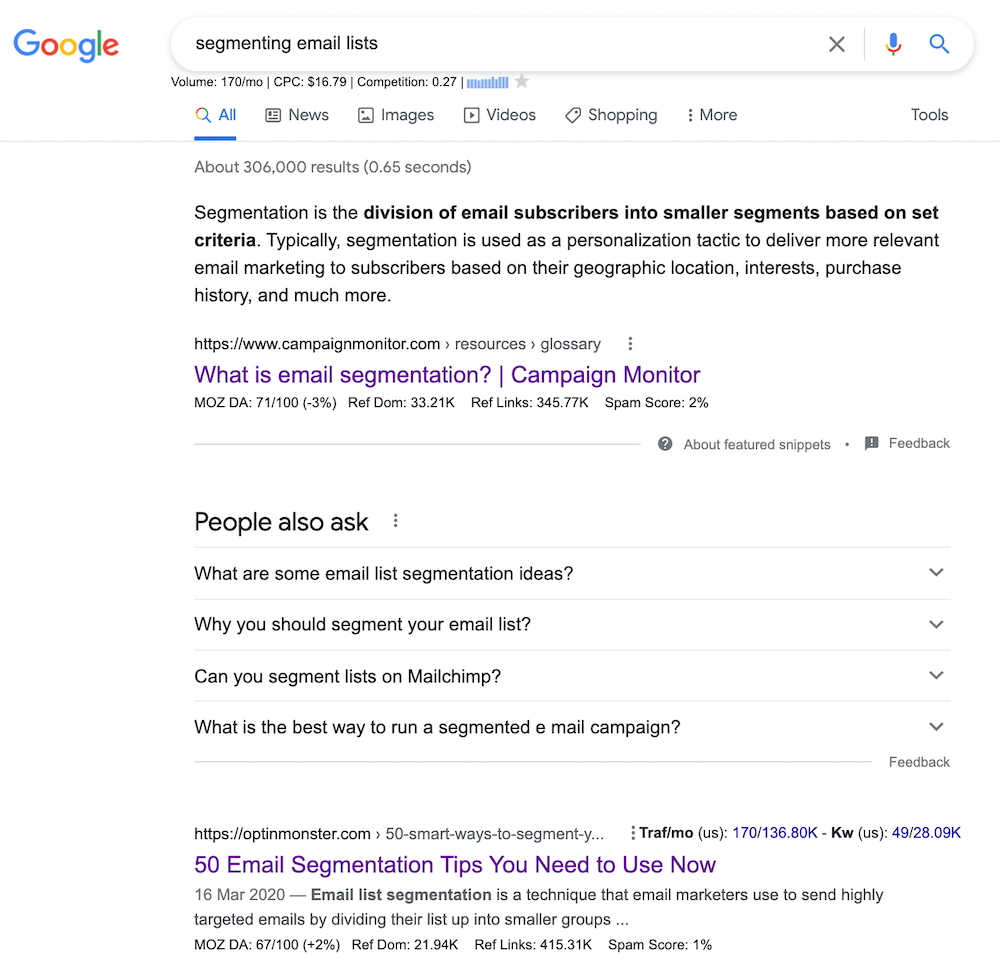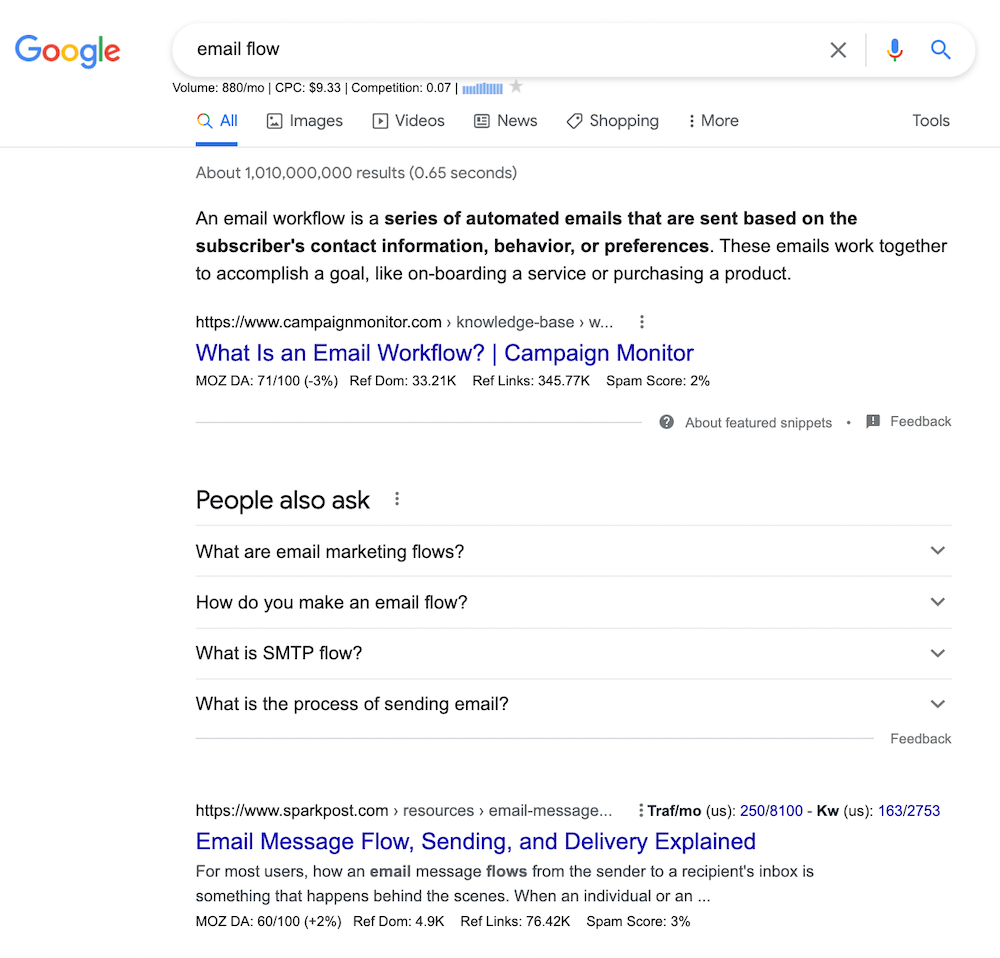Free
Ultimate Guide to Writing Engaging Long-Form Content!
Welcome to the Ultimate Guide to Writing Engaging Long-Form Content!
In today’s fast-paced world, capturing attention can be challenging. But don’t underestimate the power of long-form content. It’s not just about paragraphs of text; it’s about educating and establishing your expertise.
In this guide, we’ll explore what long-form content is, why it’s valuable, and how you can create it yourself.
The Benefits of Long-Form Content:
- Get more backlinks and improve SEO
- Increase keyword ranking opportunities
- Enjoy higher conversion rates
- Establish yourself as a thought leader
- Keep visitors on your page longer
Long-Form vs Short Form: Which is Better?
Short-form content has its place, too. It’s quick and efficient, perfect for news articles, social media, and product updates. But when you want to dive deep into a topic and provide valuable insights, long-form content is the way to go.
Types of Long-Form Content:
- Long blog posts
- Evergreen pages and pillar posts
- Guides and tutorials
- Case studies
- Whitepapers
- Ebooks
The key is to engage your readers and leave them with added value.
So, is long-form or short-form content better? It depends on your purpose. Tailor your content length to educate, share news, convert visitors, establish expertise, or generate leads. Remember, the goal is to provide the right amount of information for maximum impact.
Want to create content that performs well in search engines? Understanding the intent behind the keywords you target is key. But there’s more to it than that.
Long-form content, in particular, tends to outshine shorter content because it delves deeper into a topic and provides a comprehensive answer.
So, how do you research and create long-form content that hits the mark? It takes some planning and strategic thinking. If you just start writing without a plan, you won’t get the best results.
Let’s dive into the process of researching and crafting impactful long-form content.
How to research long-form content
Looking to stand out in search results? Here’s how to create compelling long-form content that grabs attention and meets your audience’s needs.
1. Study your SERP competitors

Start by doing some keyword research on Google. Look at the first-page results for your target keyword and see what information they cover. Make sure your content goes above and beyond what’s already out there.
For example, when researching “segmenting email lists,” we found that one result had just 433 words, while another had over 6,000. Aim for the average word count on the first page and choose keywords with decent search volume.
2. Understand search intent

Consider the purpose behind a user’s search. If they’re looking for quick info on a product feature, they won’t need a lengthy article. But if they’re searching for a detailed guide, go more in-depth.
To determine search intent, look at the content ranking at the top of the SERPs. For “email flow,” the results were mainly definitions, indicating people want a concise description.
3. Know your audience
Before writing, know who your audience is and what type of content they prefer. Use data on traffic, conversions, and engagement to shape your content marketing strategy. Tailor your content length to what works best for your readers.
4. Plan your content
Once you understand content length and search intent, start creating an outline. This ensures you cover all relevant information and makes the writing process easier. Use tools like BuzzSumo to find popular articles, explore relevant chapter titles on Amazon, and try Jasper’s outline template.
Remember, long-form content is comprehensive, so use these research tactics to cover your bases.
5. Learn from successful examples
Check out these long-form content examples and see why they work:
– BigCommerce’s guide to headless commerce: 4,100 words, split into chapters for easy navigation.
– Ahrefs’ guide to building a go-to-market strategy: Around 3,850 words, comprehensive and organized.
– Mailchimp’s guide to building an online store: Just over 2,000 words, presented in a step-by-step format.
– AppSumo’s guide to increasing website traffic: Nearly 3,000 words, offers eight actionable tips.
– Canva’s guide to creating a lesson plan: Over 2,000 words, includes visuals for an engaging read.
Use Jasper to simplify the process of writing long-form content. From generating title ideas to crafting the opening paragraph, Jasper guides you every step of the way.






























